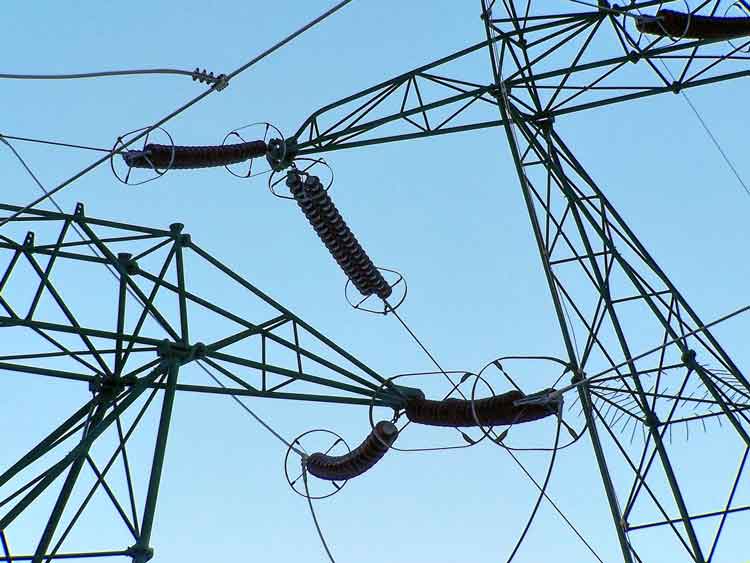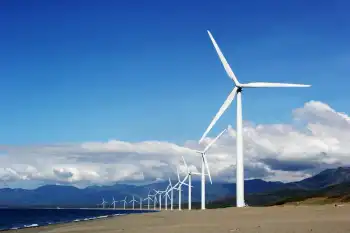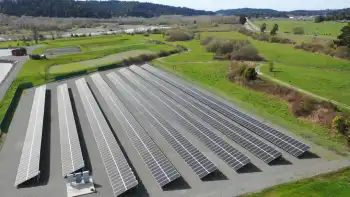“Stealth” turbine blade may solve radar problems
By Reuters
Protective Relay Training - Basic
Our customized live online or in‑person group training can be delivered to your staff at your location.

- Live Online
- 12 hours Instructor-led
- Group Training Available
The issue of turbine blades confusing radar operators accounts for around half the objections to wind farm planning applications in Britain.
Now, Vestas Wind Systems is experimenting with stealth technology, developed to help warplanes escape notice, to reduce a turbine blade's radar signature — the size of the blip it makes on an air traffic controller's radar screen.
"These tips of the blades travel at about — the same speed as a light aircraft," said Ian Chatting, head of research in Britain for Vestas, the world's largest wind energy company.
"So you can see this blip and the radar operators don't know if it is a light aircraft... whether it is real, interference or a shadow from the wind turbines," he said.
The confusion is caused by radar bouncing off moving wind turbines, creating a cloud of reflected signals.
"As an aircraft flies into that cloud, you can then never tell whether it is the same aircraft that has come out or if it is a different one or if it has stopped or whether it is just a wind turbine blade that is coming over toward you," Chatting said.
Global wind power capacity is now more than 120 gigawatts (GW), according to the Global Wind Energy Council (GWEC), and Vestas say as much as 9 GW of potential wind power is on hold because of objections by civilian, military and marine radar operators.
In Britain alone the problem has led NATS, formerly the National Air Traffic Service, to object to more than 5GW worth of planning applications.
Brendan Kelly, NATS head of operational strategy, said it was working with industry to solve the problem.
"Whilst we do object to wind farms, our arguments on our objections to wind farms are always based on the operational or technical issues that actually the industry does understand," he said.
Three potential solutions are under consideration, including a software fix and efforts to 'factor out' whole wind farms.
The Vestas solution has to be carefully implemented to make sure aircraft will still be aware of turbine blades.
"It is exactly the same technology as a stealth bomber or a stealth fighter only it is specially tuned again, so that we don't completely disappear from the radar and if you are in an aircraft you can actually still see these things in your radar screen," said Chatting.
The 44 meter (144 ft) long blade incorporates two layers of glass cloth printed with a special ink that are embedded in the structure as part of the normal manufacturing process. The radar passes through the first layer, but bounces off the second and is effectively trapped between the two.
The British Wind Energy Association welcomed all development efforts but said a range of solutions are needed.
"I think the stealth blade has the potential to make a significant contribution. Projects would need to be assessed on a case-by-case basis to see if this would be, as I understand, appropriate mitigation," said BWEA aviation spokeswoman Nicola Vaughan.
"It is unlikely to work in every single case...but if we can address the aviation issue as a whole it will take away a significant barrier to wind energy projects both on and offshore," Vaughan said.
As GWEC estimates of the number of wind farms increasing on average by 30 percent per year, the problem of crowded skies is likely to make a solution to the problem ever more important.











